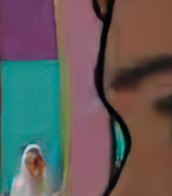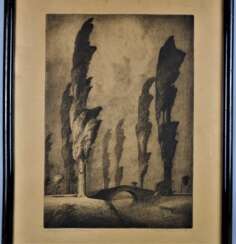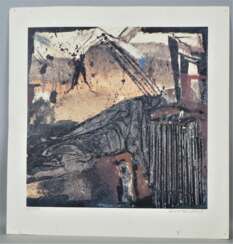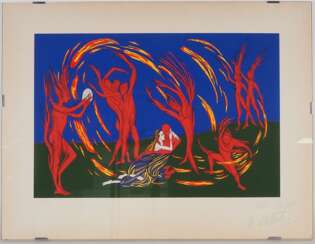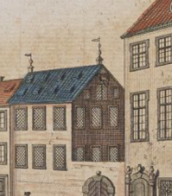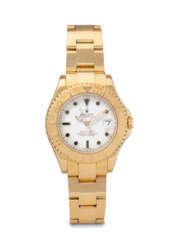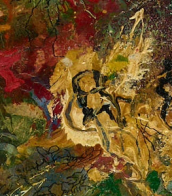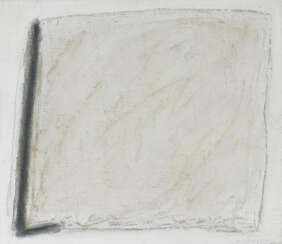Auction price
Lot 212 . Schweißtuch der heiligen Veronika
Georg Meistermann (1911 - 1990) 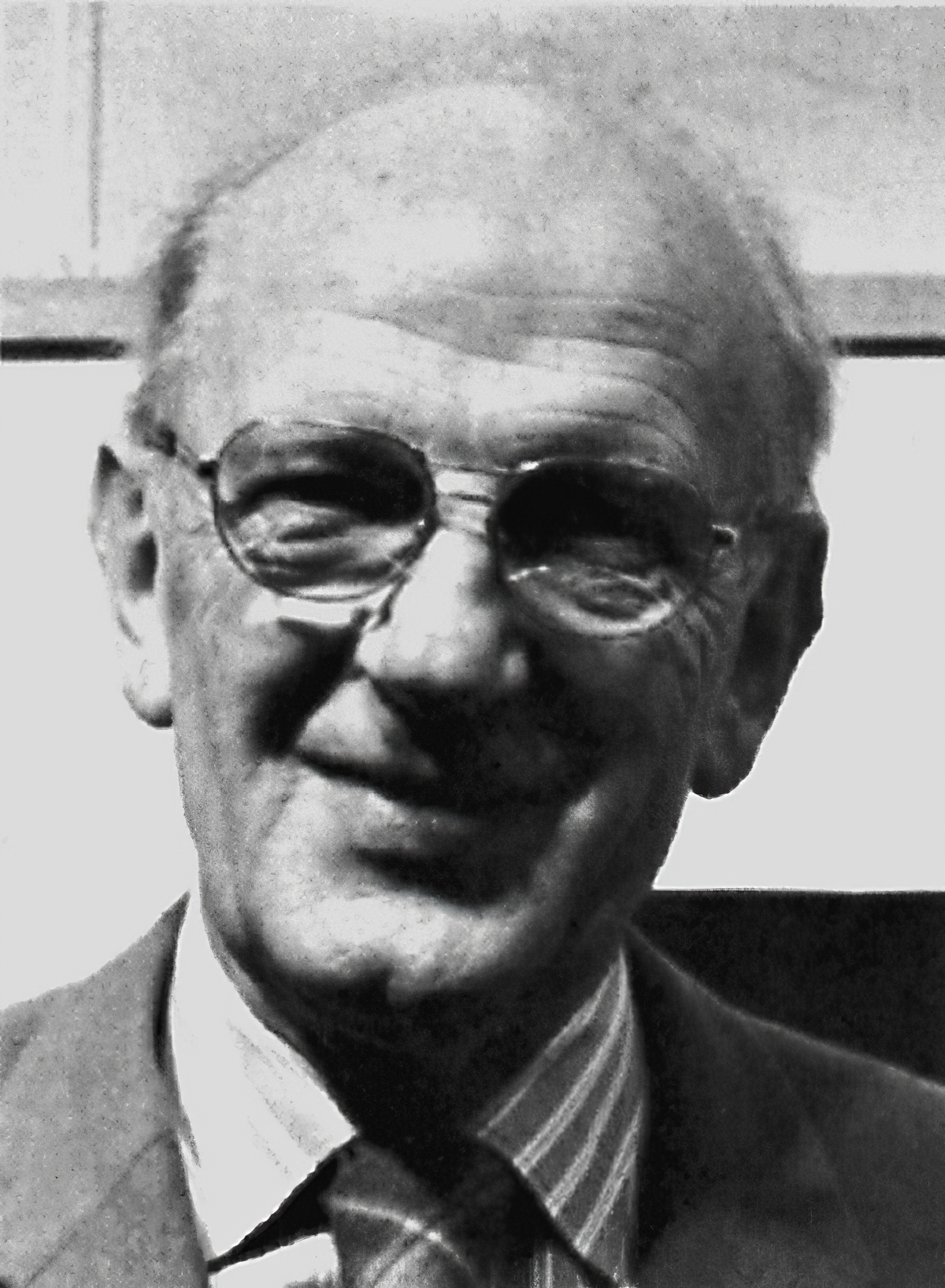 Art Informel. From a German Private Collection
Art Informel. From a German Private Collection 

Georg Meistermann
16.06.1911 - 12.06.1990
Germany
Georg Meistermann was a German painter and draftsman who was also famous for his stained glass windows in the whole of Europe.

VAN HAM Kunstauktionen GmbH
Art Informel. From a German Private Collection
Date: 13.11.2025 18:00 UTC +01:00
Number of lots in the catalog: 203
Lot 209 Winfred Gaul. Untitled
Winfred Gaul (1928 - 2003) 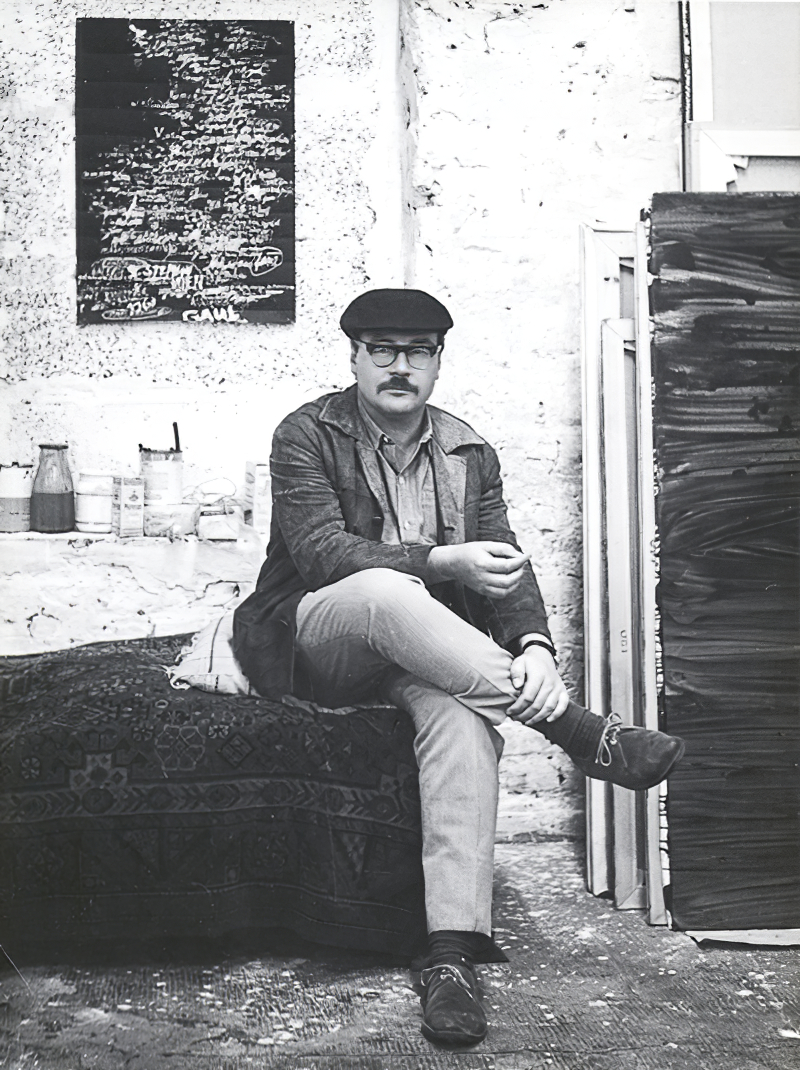 Art Informel. From a German Private Collection
Art Informel. From a German Private Collection 

Winfred Gaul
09.07.1928 - 03.12.2003
Germany
Winfred Gaul was a German artist of Informel and analytical painting.

VAN HAM Kunstauktionen GmbH
Art Informel. From a German Private Collection
Date: 13.11.2025 18:00 UTC +01:00
Number of lots in the catalog: 203


